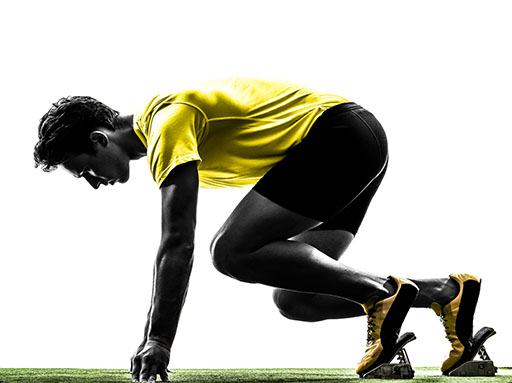Session 8: Reducing burnout using psychological strategies
Introduction
The state of [burnout] exhaustion and its associated symptoms are not relieved by routine recovery (i.e. rest), and it does not simply get better but takes time and appropriate management.

It sounds as if it should be quite straightforward to reduce the incidence of burnout but, in reality and as the quote suggests, to do so it is necessary to address the underlying contributing factors and this requires a tailored approach. In this final session of the course you will start by taking an overview of the range of possible psychological strategies you can use in preventing burnout. You will then focus on the three intervention strategies of self-compassion, goal setting and social support.
Different reduction strategies aim to address a combination of stress management, motivational needs, feeling trapped and/or perfectionistic tendencies. You should realise that reduction strategies can often also be used as prevention strategies. The long-term effective use of these strategies to reduce burnout, for example goal setting, is also often useful to prevent burnout.
By the end of this session, you should be able to:
- appreciate the range of strategies that can be applied to managing burnout and to know where to find further information on each
- explain the three strategies of self-compassion, goal setting and social support, including the purpose of each strategy in order that you may be able to draw on them in your own interactions with athletes.
